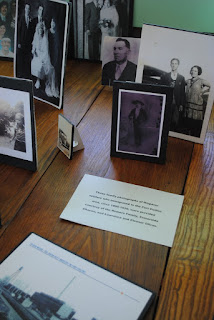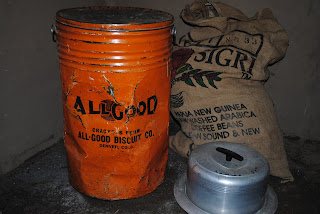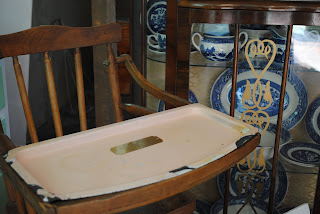Week 28: Museo de las Tres Colonias
 Looking at industry in Fort Collins these days, I see tech and tourism, retail and restaurants, ecology and education. But early in the twentieth century, two of our biggest industries were sheep and sugar beets. Much of that has gone by the wayside now, though some vestiges remain. The Fort Collins High School Lambkins mascot, for example, and the Beet Street Arts and Culture organization. And the Museo de las Tres Colonias aka the Romero House.
Looking at industry in Fort Collins these days, I see tech and tourism, retail and restaurants, ecology and education. But early in the twentieth century, two of our biggest industries were sheep and sugar beets. Much of that has gone by the wayside now, though some vestiges remain. The Fort Collins High School Lambkins mascot, for example, and the Beet Street Arts and Culture organization. And the Museo de las Tres Colonias aka the Romero House.Located northeast of Old Town, the three small colonies of Alta Vista, Buckingham, and Andersonville were originally settled by immigrants who came to work at the nearby factory of the Great Western Sugar Company. Sugar beets, I learned from this article at Fort Collins History Connection, are a very labor-intensive crop from planting through production. German-Russians arrived first to work the fields and were later joined by Hispanic pioneers.

The Romero family was one of many who came north from New Mexico in search of opportunity, and John Romero began building his adobe home in 1927. Members of the Romero family occupied the home until 2001. In 2002, the City of Fort Collins took ownership. A grant from the State Historical Fund allowed for restoration of the home, and the Museo de las Tres Colonias opened in September, 2006.

When my family and I arrived on Saturday, we were greeted by museo president Betty Aragon-Mitotes, who is a driving force behind much of the museo’s outreach and education. Our visit began with a short video, and from it we learned about the Romero family, the sugar beet industry, and the social climate in the area at the time—which, I’m sorry to say, included “Whites Only” signs in some of the downtown store windows.


The furnishings represent what life in the home must have been like for the family of nine. We learned much more from our tour guide, Carmel, who came here as a child to work with his family in the beet fields, where they earned eleven dollars per acre harvested. He demonstrated how to use the tools and told stories of what it was like to grow up "on the other side of the tracks," an expression that was both literal and symbolic for the immigrant workers in the three colonies. Carmel’s candor, sense of humor, and love of history added a great deal to our visit.


The museo is open from 12:30-3 on the third Saturday of the month, and by appointment. Admission is free, but donations are welcomed and appreciated. Stop by on a Saturday afternoon to learn more about this important part of the area’s past. In the meantime, visit their website to see plans for a future interpretive center.

Comments